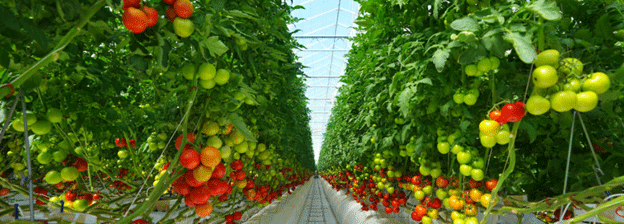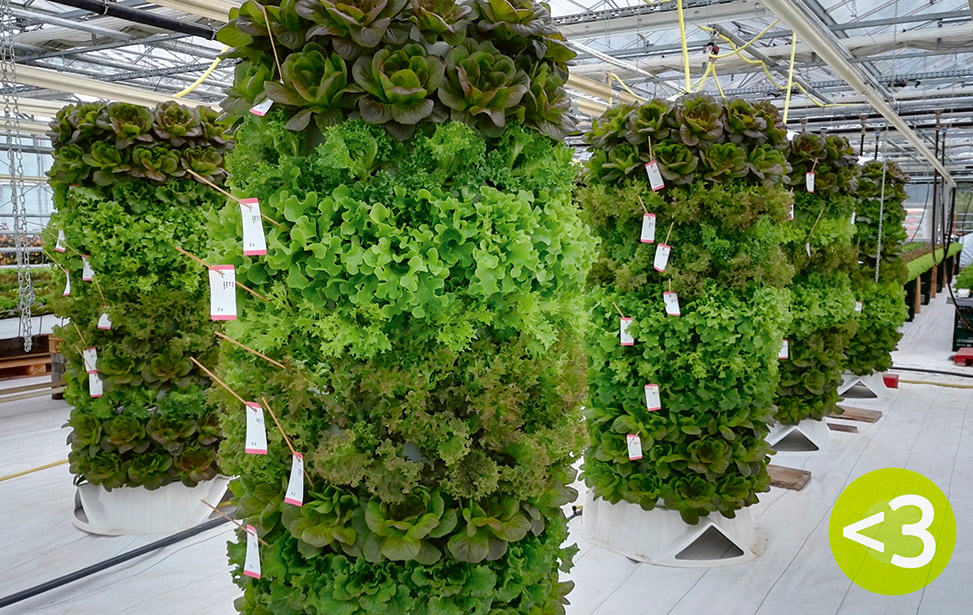The deserts of the United Arab Emirates (UAE) might seem an unlikely place to find thriving greenhouses full of lettuce, tomatoes, and other fresh produce, but the reality is changing rapidly. With temperatures soaring to 45°C and minimal rainfall, the UAE has been largely dependent on food imports. However, recent developments in agricultural technology, particularly in controlled-environment agriculture (CEA) such as greenhouses, are shifting this balance. This change comes as part of a broader strategic initiative to bolster food security and reduce the nation’s dependence on imports.
Food Security and Technology-Driven Agriculture
The UAE, like many Gulf states, imports nearly 80-90% of its food due to its extreme desert climate and scarce freshwater resources. The COVID-19 pandemic underscored the vulnerability of this import dependence, prompting the nation to launch its National Food Security Strategy 2051. This strategy aims to make the UAE a global leader in food security by 2051, with a focus on increasing local food production, employing advanced agricultural technologies, and reducing reliance on global food imports.
A key pillar of this strategy is greenhouse agriculture. In a region where conventional farming would deplete already limited water resources, greenhouses offer a water-efficient, year-round solution for food production. The UAE’s drive to build high-tech greenhouses is closely tied to its low electricity costs, making the energy-intensive operations more financially feasible.
Cutting-Edge Greenhouse Technologies
Dutch and Belgian companies, such as Van der Hoeven and Hortiplan, have been instrumental in the UAE’s agricultural transformation, building high-tech greenhouses equipped with advanced cooling systems and water-saving technologies. Bas Duijvestijn, commercial director at Van der Hoeven, notes that these technologies are adapted to withstand extreme temperatures and low humidity, offering precise control over climate conditions.
Greenhouses in the UAE rely heavily on hydroponics, which use 90% less water than traditional farming methods. Water-efficient technologies and climate-controlled environments allow for the precise delivery of nutrients, light, and water. This minimizes waste and maximizes yield, enabling consistent production regardless of external weather conditions.
One standout example is Pure Harvest, a high-tech agritech company operating 22 hectares of greenhouses across multiple farms. Their facilities employ advanced hydroculture and are equipped with automation systems for light, irrigation, and climate control. Sky Kurtz, CEO of Pure Harvest, emphasizes how the company’s innovations have attracted significant investment, raising over $287 million. The company is producing 12 million kilos of fresh vegetables annually and supplying both local and regional markets with premium quality produce.
Challenges in Workforce and Water Management
Despite the technological advancements, challenges remain. One significant hurdle is the shortage of skilled professionals to manage these high-tech greenhouses. As Duijvestijn points out, managing a modern greenhouse is comparable to operating a Formula 1 car—it requires specialized skills. Many local workers lack the technical expertise needed to operate and maintain these complex systems, often requiring companies to rely on foreign experts.
Water remains another critical issue. While advanced systems like desalination and wastewater recycling are in place, the sheer demand for water in the desert environment is a persistent challenge. However, innovative companies like Pure Harvest are making strides in water efficiency, with 80% of the water they use going directly into the plants through precise irrigation techniques.
The UAE’s investments in high-tech greenhouse agriculture are proving that it is possible to grow food sustainably in one of the most inhospitable climates on Earth. By combining state-of-the-art cooling systems, water-efficient farming techniques, and a focus on local food production, the UAE is not only addressing its food security concerns but also positioning itself as a global leader in desert agriculture. As these technologies continue to evolve, the success of the UAE’s greenhouse sector could offer a blueprint for other arid regions facing similar challenges.









